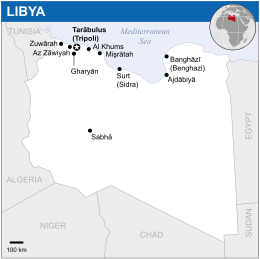Great Socialist People's Libyan Arab Jamahiriya (1977–2011)
More languages
More actions
| Socialist People's Libyan Arab Jamahiriya (1977–1986) الجماهيرية العربية الليبية الشعبية الاشتراكية al-Jamāhīrīyah al-'Arabīyah al-Lībīyah ash-Sha'bīyah al-Ishtirākīyah Great Socialist People's Libyan Arab Jamahiriya (1986–2011) الجماهيرية العربية الليبية الشعبية الإشتراكية العظمى al-Jamāhīrīyah al-'Arabīyah al-Lībīyah ash-Sha'bīyah al-Ishtirākīyah al-'Uẓmá | |
|---|---|
| 1977–2011 | |
 | |
| Government | Islamic socialist jamahiriya |
| History | |
• Established | 1977 |
• Dissolution | 2011 |
| Area | |
• Total | 1,759,541 km² |
| Population | |
• 2010 estimate | 6,355,100 |
The Great Socialist People's Libyan Arab Jamahiriya was a non-Marxist socialist state in North Africa from 1977 to 2011 led by Muammar Qaddafi. In 2010, Libya had the highest human development index of any country in Africa.[1]
Education
In 2009, the adult literacy rate was 88.4% and the youth literacy rate was 99.8%. 52% of men and 57% of women went to colleges or universities.[2] The government afunded students to study abroad for free.[3]
Health
The Libyan Arab Jamahiriyah had free universal healthcare for all citizens. Child mortality rate decreased from 71 per 1,000 live births in 1991 to 14 in 2009.[4] Undernourishment was less than 5% and the average citizen ate over 3,000 calories per day. Life expectancy was 74.5 years,[5] the highest in the developing world.[1] Women received $5,000 after the birth of every child.[3]
Housing
Access to a home was considered a human right and electricity was completely free.[3]
Imperialist attacks
In 1986, the United States under Ronald Reagan bombed Libya.[6]
In January 2011, Arab Spring protests spread from Tunisia to Libya. The protests were mostly in the Benghazi region and were supported by the United States and European Union. Between March and October, NATO ran a bombing campaign in Libya. On 20 October 2011, rebels captured and brutally murdered Qaddafi.[5]
References
- ↑ 1.0 1.1 Alexandra Valiente (2011-11-09). "Celebrating The Great Achievments Of Muammar Gaddafi" Libya 360º Archives. Retrieved 2022-04-23.
- ↑ UIS Statistics in Brief. UNESCO. Archived from the original on 2010-09-11.
- ↑ 3.0 3.1 3.2 Steven Meltzer (2014-05-16). "Ten Things You Didn’t Know About Libya Under Gaddafi’s So-Called Dictatorship" Urban Times. Retrieved 2022-04-24.
- ↑ World Health Organization (2007). Libyan Arab Jamahiriyah. [PDF]
- ↑ 5.0 5.1 "Libya: Before and After Muammar Gaddafi" (2020-01-15). TeleSur. Archived from the original on 2021-03-05. Retrieved 2022-06-25.
- ↑ John Pike. "Operation El Dorado Canyon" GlobalSecurity.org. Retrieved 2022-03-30.


